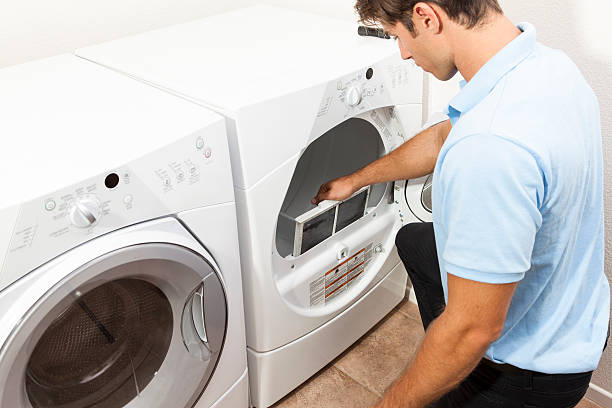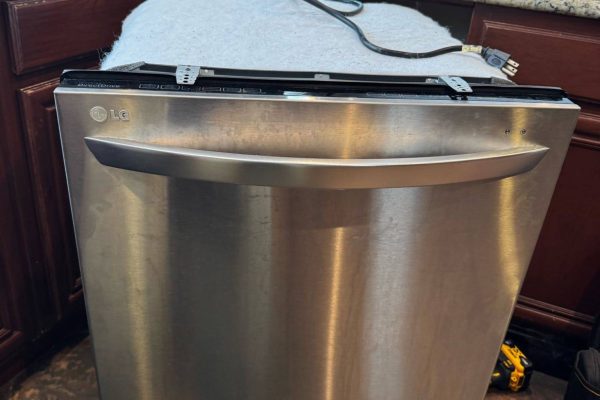In our fast-paced lives, convenience is paramount, and this extends to our laundry routines. Fast drying programmes in laundry appliances promise quick turnaround times, but they also come with their fair share of challenges. From potential damage to clothes to energy inefficiency, understanding the problems associated with fast drying programmes is essential for making informed decisions about laundry care. In this article, we’ll explore the common issues with fast drying programmes and how to mitigate them effectively.
The Temptation of Speed
Fast drying programmes, often marketed as time-saving solutions, appeal to busy individuals seeking efficient laundry routines. These programmes typically utilize higher temperatures and increased airflow to expedite the drying process, promising dry clothes in a fraction of the time compared to conventional drying cycles. While the allure of quick results is undeniable, it’s essential to recognize the potential drawbacks that accompany fast drying programmes.
Fabric Damage:
One of the primary concerns with fast drying programmes is the risk of fabric damage. The combination of elevated temperatures and rapid airflow can subject clothes to excessive heat and mechanical stress, leading to shrinkage, fading, and even fabric deterioration. Delicate fabrics such as wool, silk, and synthetics are particularly vulnerable to damage under these conditions, requiring extra care and attention during the drying process.
Wrinkling and Creasing:
Fast drying programmes may sacrifice garment smoothness for speed, resulting in increased wrinkling and creasing. Without sufficient time for fabrics to relax and settle, clothes emerge from the dryer with more pronounced creases, requiring additional ironing or steaming to restore their appearance. This can be especially problematic for dress shirts, linens, and other items where a polished look is desired.
Energy Inefficiency:
While fast drying programmes promise quick results, they often come at the expense of energy efficiency. The high heat settings and extended drying times required to achieve rapid drying can significantly increase energy consumption, leading to higher utility bills and environmental impact. In comparison, longer, low-temperature drying cycles are generally more energy-efficient and gentler on clothes, albeit at the cost of additional time.
Reduced Drying Performance:
Despite their intended purpose, fast drying programmes may not always deliver optimal results. Thick or densely woven fabrics, bulky items, and heavily soiled garments may not dry thoroughly within the abbreviated time frame, requiring additional cycles or manual intervention to achieve the desired level of dryness. This can result in frustration and inconvenience for users expecting efficient and reliable performance from their laundry appliances.
Mitigating the Challenges
While fast drying programmes present inherent challenges, there are several strategies to mitigate their negative effects and optimize drying outcomes:
Selective Usage:
Reserve fast drying programmes for suitable fabrics and garments that can withstand the higher temperatures and accelerated drying times without risk of damage. Avoid using fast drying cycles for delicate items or those prone to shrinking and fading, opting instead for gentler drying methods to preserve their integrity.
Pre-Treatment and Preparation:
Prior to drying, inspect garments for stains, spills, and other soiling that may require pre-treatment or spot cleaning to ensure optimal results. Shake out clothes to remove excess moisture and untangle any twisted or bunched fabric, facilitating more efficient drying and minimizing wrinkles.
Temperature and Time Adjustment:
If your laundry appliance allows for customization of drying parameters, consider adjusting the temperature and duration of fast drying programmes to better suit the specific needs of your laundry load. Experiment with lower heat settings and shorter cycle durations to strike a balance between speed and garment care.
Post-Drying Care:
Upon completion of the drying cycle, promptly remove clothes from the appliance to prevent wrinkling and minimize the need for ironing or steaming. Fold or hang garments immediately to allow them to cool and breathe, reducing the risk of moisture retention and musty odors.
Fast drying programmes offer undeniable convenience in our modern laundry routines, but they also pose challenges that require careful consideration and management. By understanding the potential drawbacks of fast drying cycles and implementing proactive measures to mitigate them, consumers can optimize the performance of their laundry appliances while preserving the quality and longevity of their clothes. Balancing speed with garment care is key to achieving efficient and satisfactory drying results without compromising on fabric integrity or energy efficiency.
Count on our services as the dependable solution for resolving household appliance issues! If your appliances need repair, fret not – reach out to Oceanside Appliance Service Center, and we’ll help eliminate any inconvenience.
With extensive experience in repairing household appliances of diverse brands and models, our highly qualified technicians possess profound knowledge and expertise in handling refrigerators, washing machines, dryers, dishwashers, stoves, ovens, and more.
We ensure a professional approach to every task, using only original spare parts for repairs. Our primary goal is to restore your household appliances to optimal condition.
Contact us:


